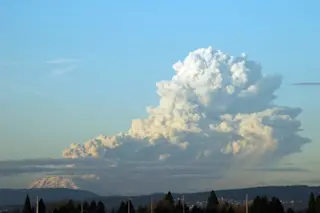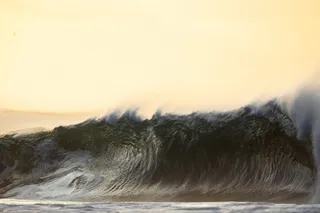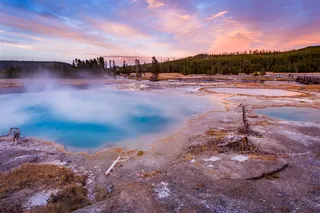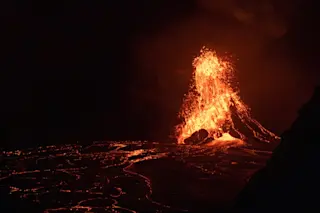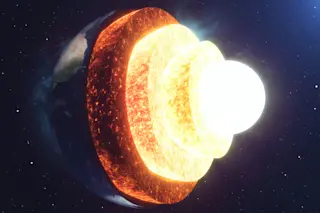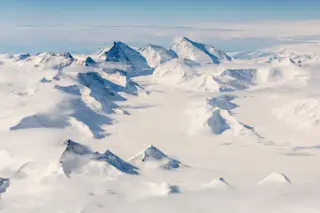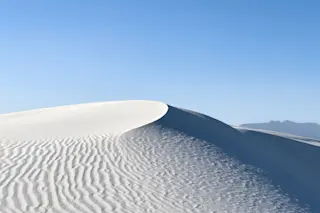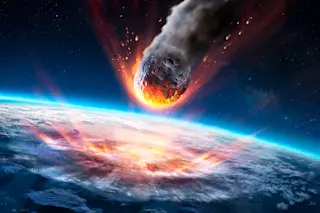A March 8, 2005 eruption plume from Mount St. Helens in Washington, the last eruption in the Cascade Range. USGS This week marks the 100th anniversary of the eruption of California's Lassen Peak. As the anniversary slides past, it leaves Mount St. Helens as the only Cascade Range volcano that has erupted over the last century. This means that although we have thirteen major composite volcanoes plus a multitude of smaller cinder cones and lava domes running from California into Canada, only one has experienced an eruption in the past 100 years. Does that mean we don't have to worry about the Cascades as a volcanic hazard anymore? That answer is decidedly "no" ... but why? Why do the Cascade volcanoes exist, anyway?
The Cascade Subduction Zone, showing the location of the trench, the downgoing slab, the active volcanoes and some major earthquakes. NPS It is all thanks to subduction, ...


